Landscaping
With 2200 acres of land and facilities to maintain, there are extensive processes followed by the Maintenance Department. Below you can find a deep dive into many of our operations.
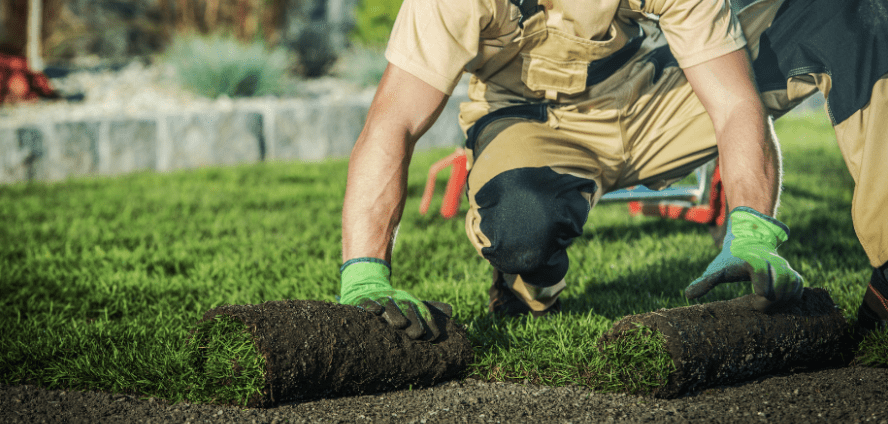
Tree Management & Landscaping
In Lakewood, Trees and Landscaping Maintenance is an important part of our community and to the mission of improving our home values. Lakewood members want the association to remain beautiful and growing while still being fiscally responsible.
However, in 2023 the Maintenance costs increased in this category, and some residents have requested a desire to learn more about the budgeting and management process in this department.
After 50 years of planting and removing common ground trees, we’ve accumulated a great deal of use cases to help us maintain a beautiful environment throughout Landscaping, while making strategic decisions that will help to manage costs responsibly.
To find information about our changing Trees & Landscaping program, as well as the budget implications, please review the following information:
The Recent Expense of Managing Diseased Trees
In recent years, Lakewood has been impacted by a significant epidemic of diseased trees growing across our region of Missouri, and this has caused a giant increase in cost, staff time, and focus of department attention.
These tree infestations are serious, and managing these diseases are currently the largest priority of our tree and landscaping management program in Lakewood.
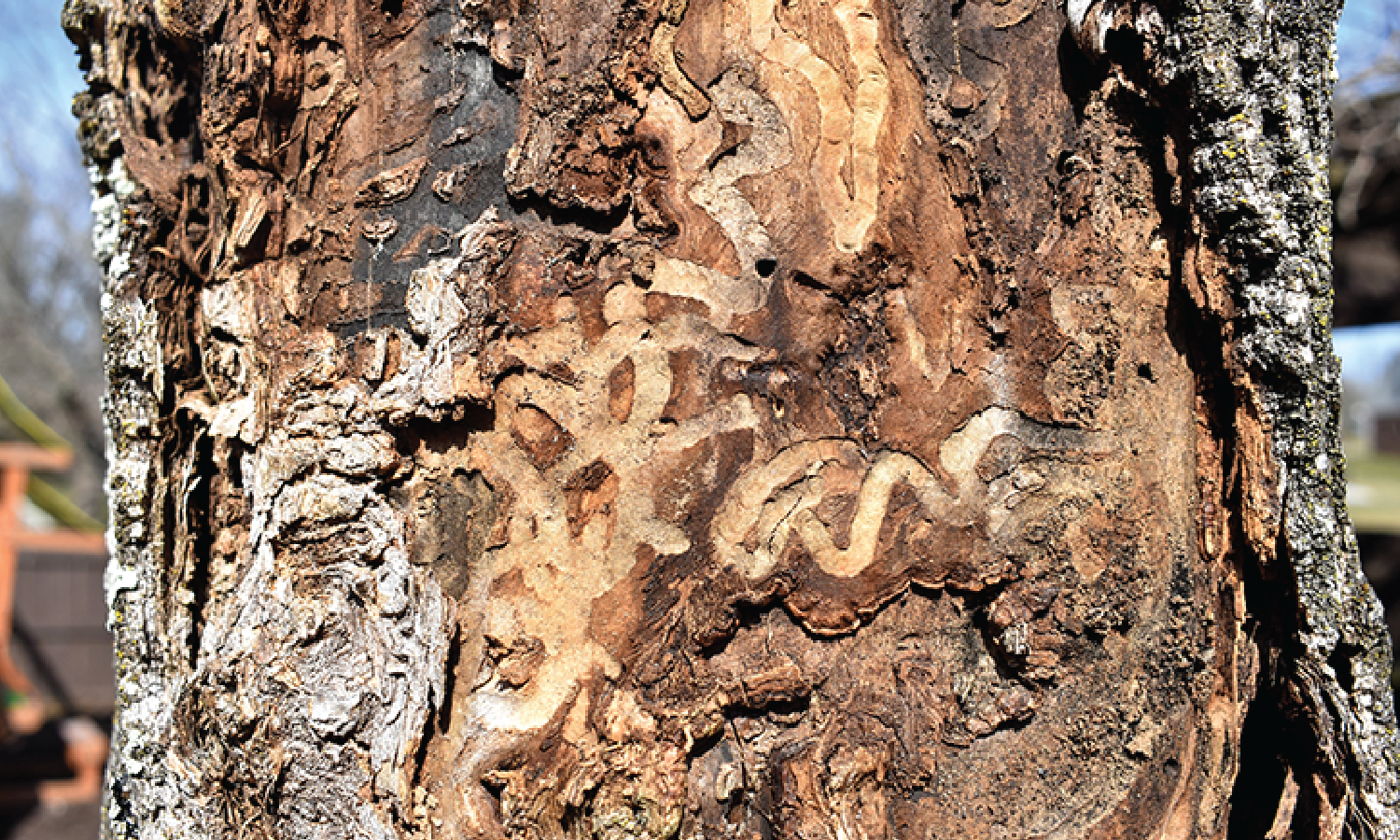
Emerald Ash Borer (Beetles):
They have accounted for 80% of the diseased trees in Lakewood this year. These tree pests are causing an epidemic nationwide among forests *The State of Missouri Conservation department has put out a warning statement that within 10 years, all Ash trees in Missouri will be dead.
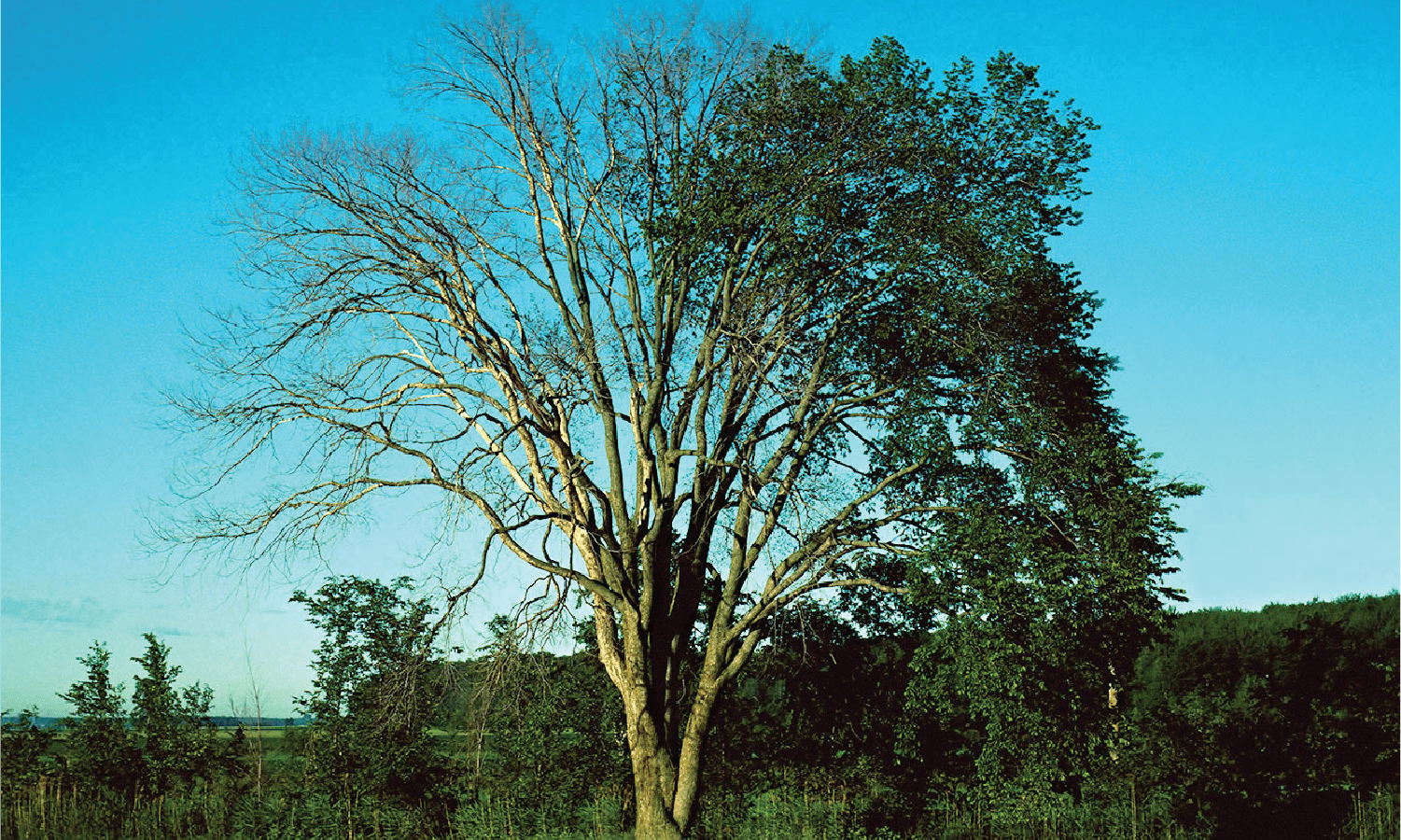
Dutch Elm Disease (fungus):
Dutch elm disease is a wilt disease caused by the fungus, Ceratocystis ulmi. It was first described in Ohio in 1930. By the 1980s, it could be found in most of the U.S. It is a serious and fatal disease of American elms. Even after years of study, there is no effective cure for the disease.
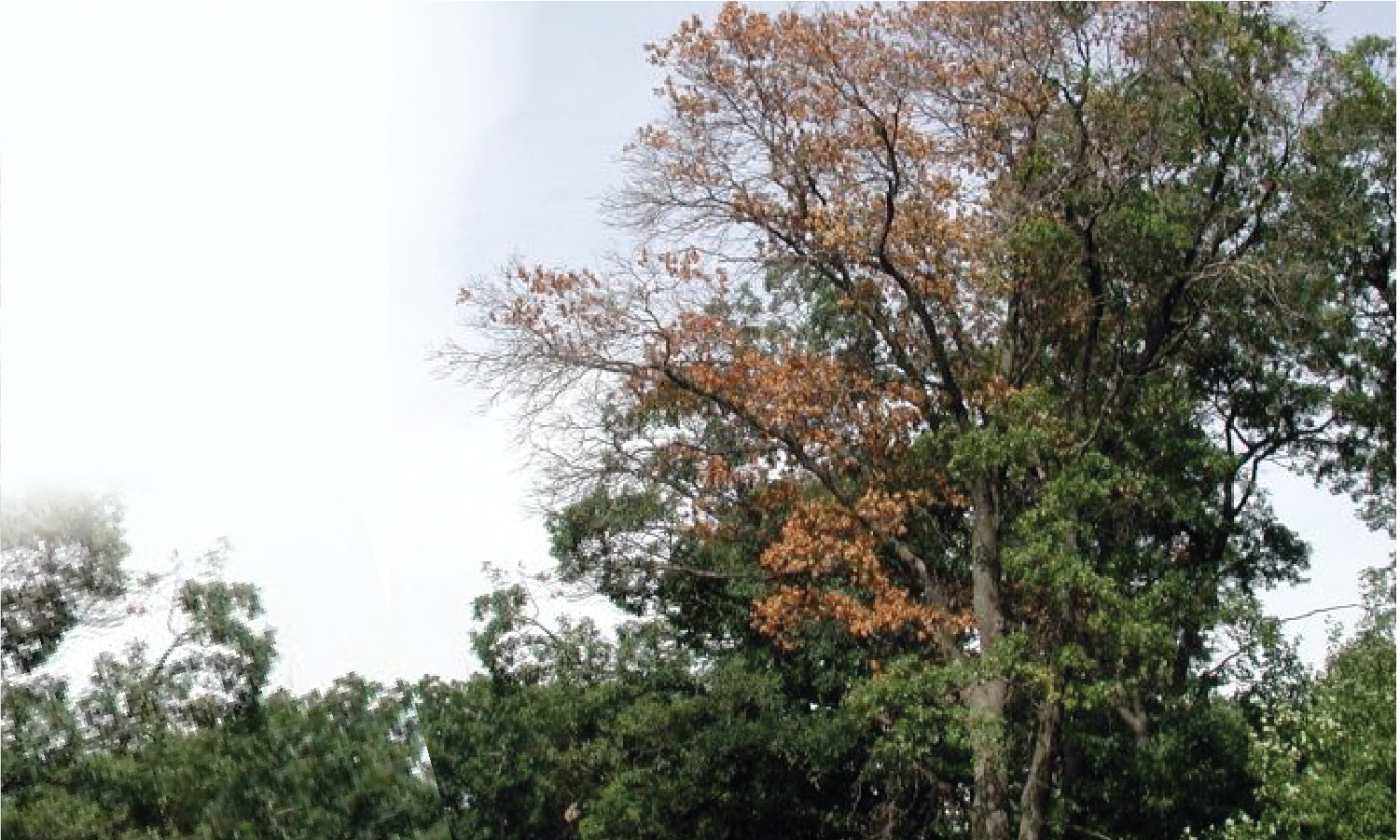
Oak Wilt Disease (fungus):
Oak wilt is a systematic disease caused by the fungus, Bretziella fagacearum (formerly Ceratocystis fagacearum). The fungus invades the water-conducting tissues of oak trees.
The Impact of Invasive Species
In the forest ecosystem, there are certain species that become invasive, spread rapidly, and cause damage to the local environment.
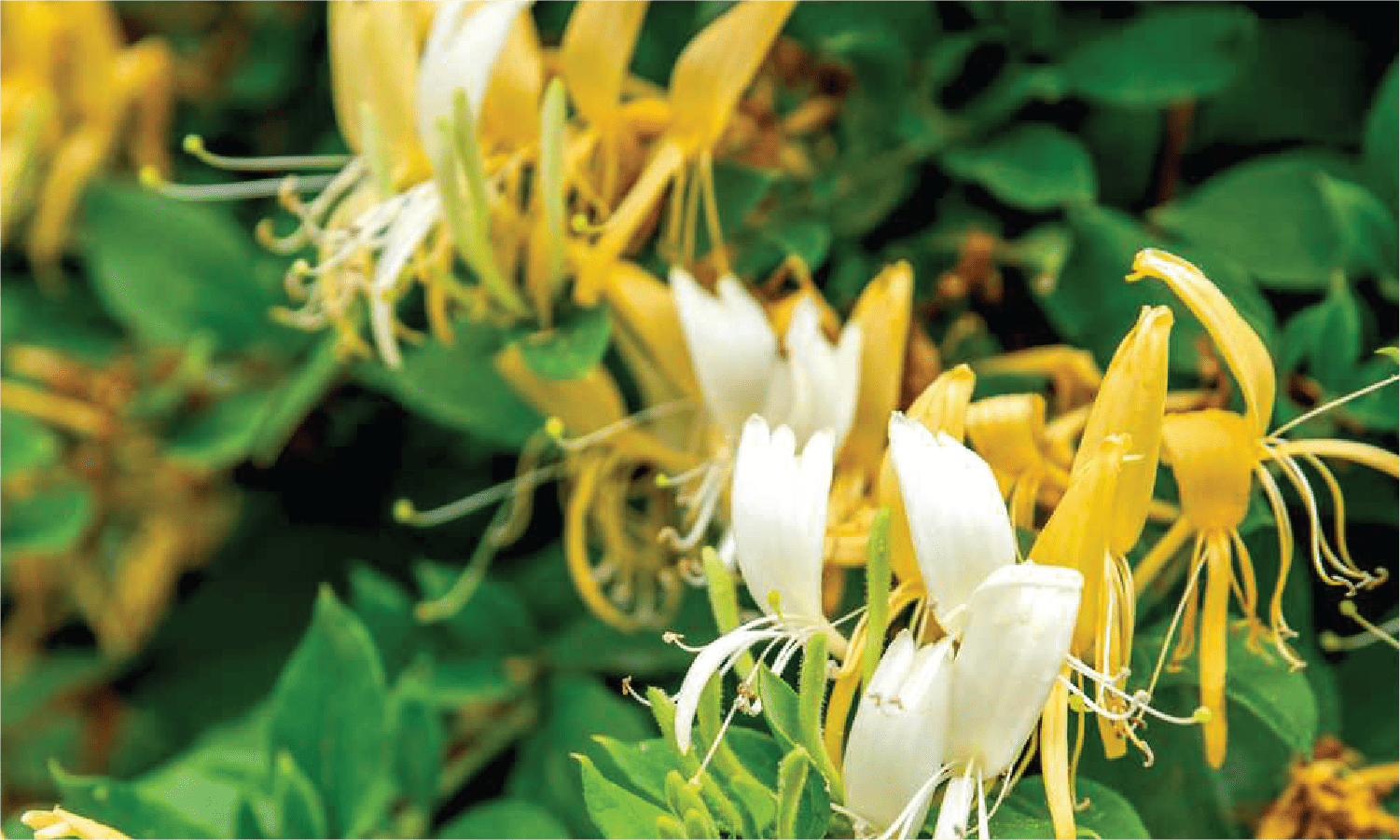
Japanese Honeysuckle
“You might enjoy its fragrance, but don’t kid yourself about this invasive, exotic vine — Japanese honeysuckle is an aggressive colonizer that shades out native plants and harms natural communities.”

Bradford Pears
“Callery/Bradford pear and other invasive plants destroy habitat and compete with native plants and animals…. They tend to produce heavy limbs with narrow branch unions that may fail and split under an ice or wind load. In spring, Callery pears are covered with white blossoms. Many people find the scent of blooming Callery pears revolting, likening it to the stench of rotting fish or a dirty dumpster…. A single tree can spread quickly, forming dense thickets.”
Lakewood Tree Removal Guidelines
When submitting a Work Request to request tree removal from Common Ground, please note our Lakewood Tree Removal Guidelines.
Understanding Common Ground vs. City Property
The basis for understanding our tree and maintenance program is by understanding the difference between what Lakewood is responsible for, and what the City of Lee’s Summit is responsible for.
Expenses of Sidewalk Destruction Caused by Planting Trees Incorrectly
During March 2023, the Maintenance Department did a thorough review of the Private Sidewalk Repairs in Lakewood.
How We Contract for Tree Removal
Typically our LPOA staff is able to remove most small trees under 30 feet in height.
Simplifying Landscaping Beds for Annual Savings
The Maintenance Department has recently overhauled our landscaping beds to reduce expenses and streamline maintenance.
Lakewood Maintenance Department is responsible for all the common ground landscaping beds, including seasonal maintenance of our flowerbeds, shrubbery, and grass.
New Tree Planting
The budget for tree planting:
-
- There is a $10K budget earmarked in the LIP Budget for new tree planting
- These funds haven’t been released because of the difficulty related to the drought
Resources
Finances for the Maintenance Department
Under the Operating Budget, the Maintenance Department is responsible for managing the following budgets:
-
- Pools (040)
- Maintenance (045)
- Lake Management (050)
- Marinas (055)
Budgets - Operating
- Consolidated Budget 2024
- Consolidated Budget 2023
- Consolidated Budget 2022
- Consolidated Budget 2021
- Consolidated Budget 2020
- Consolidated Budget 2019
- Consolidated Budget 2018
- Consolidated Budget 2017
- Consolidated Budget 2016
- Consolidated Budget 2015
- Consolidated Budget 2014
- Consolidated Budget 2013
- Consolidated Budget 2012
- Consolidated Budget 2011
- Consolidated Budget 2010
